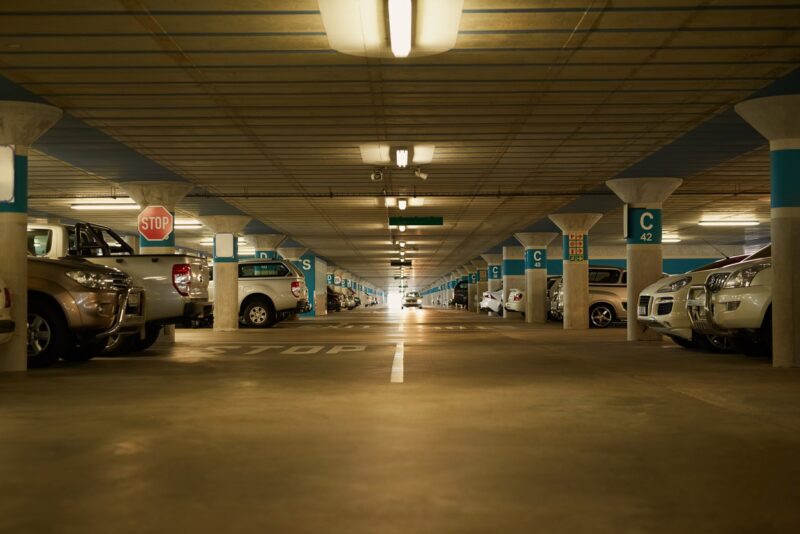Motor Vehicle Collisions in Parking Garages

Motor vehicle collisions in parking garages and parking lots account for almost 20% of all collisions in Ontario. With cars moving in and out of parking spots, limited lines of sight, tight corners, and a myriad of blind spots, it is unsurprising that so many collisions take place in this setting.
Collisions in parking garages are no different than collisions on public highways with respect to reporting requirements and the steps you should take after an accident.
Your first priority is ensuring that the appropriate medical care is arranged for any parties that may require it. If no one is injured, you should be sure to take down the insurance information of the other driver and notify your own insurance company. You should also report the collision to the police as the police file may become a crucial piece of evidence in the event a lawsuit arises as a result of the collision. Even if no one was hurt and the property damage appears limited, you should still report the collision at a collision reporting centre within 24 hours.
If you are injured in a collision in a parking garage, you will still have access to treatment and other benefits under your own insurance policy, regardless of who is at fault. These are called Statutory Accident Benefits. These benefits become available to you immediately after the collision. Accident benefits are another reason why it is crucial that you notify your insurer as soon as possible following the collision. Even if you were a pedestrian who was struck by a vehicle and you do not have automobile insurance of your own, you can still access accident benefits through the policy of the driver who hit you, so gathering the correct information after a collision is an important step.
Determining fault in a parking garage collision is no different than determining fault in a collision on a public roadway. With respect to insurance issues, fault will be determined on a case-by-case basis using the Fault Determination Rules, which is a Regulation under the Insurance Act.
While there are similarities between collisions in parking garages and collisions on public roads, there are also some important differences. Principally, parking garages are often on private property. This means that the Highway Traffic Act (“HTA”) generally does not apply to collisions in garages or parking lots. The HTA is provincial legislation which outlines the “Rules of the Road”. Most charges that police lay after a collision come from the HTA. However, because the HTA does not apply on private property drivers and pedestrians cannot be charged for collisions that take place in that setting. While drivers cannot be charged under the HTA, the Criminal Code of Canada still applies in parking garages, and therefore drivers can still be charged with more severe offences such as driving under the influence and dangerous operation of a motor vehicle causing injury or death.
The inapplicability of the HTA in parking garages is particularly important for pedestrians. If a driver who is involved in a conventional collision between two motor vehicles wishes to begin a lawsuit, that driver must show, on a balance of probabilities, that the other driver was negligent. However, where a motor vehicle collides with a pedestrian on a public highway, the pedestrian does not need to prove the driver was negligent. It is instead presumed that the driver of the motor vehicle was negligent. This is called the “reverse onus” and it is set out in section 193(1) of the HTA. In a parking garage however, a pedestrian does not get the benefits of section 193(1) because, as we have discussed, the HTA does not apply in parking garages and therefore the reverse onus is similarly not applicable.
Motor vehicle collisions in parking garages in Ontario are a serious issue that can result in property damage, injuries, and fatalities. The law around these collisions is also more complicated and nuanced than the law applicable to collisions that occur on public highways. To protect yourself and your passengers, it is important to remember to proceed cautiously and drive defensively. If you are involved in a collision, make sure that you obtain the contact information of the other drivers involved and report the crash to your insurer.
Contributors

Nick understands that those who have suffered through the trauma of a serious personal injury are already in a position of vulnerability, and is committed to helping them through this difficult process, offering the support and advice they need. Specifically, he seeks to help right the balance in an insurance system that is becoming increasingly antagonistic toward injured individuals.
